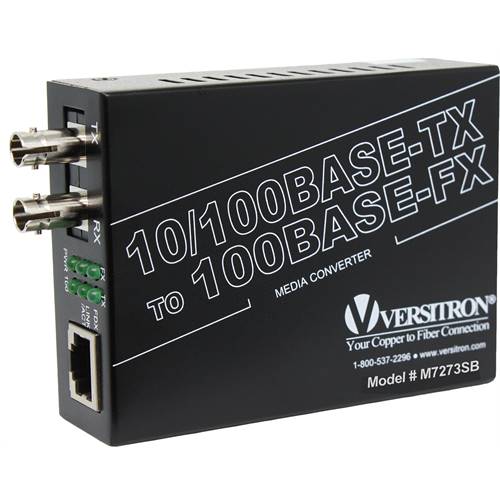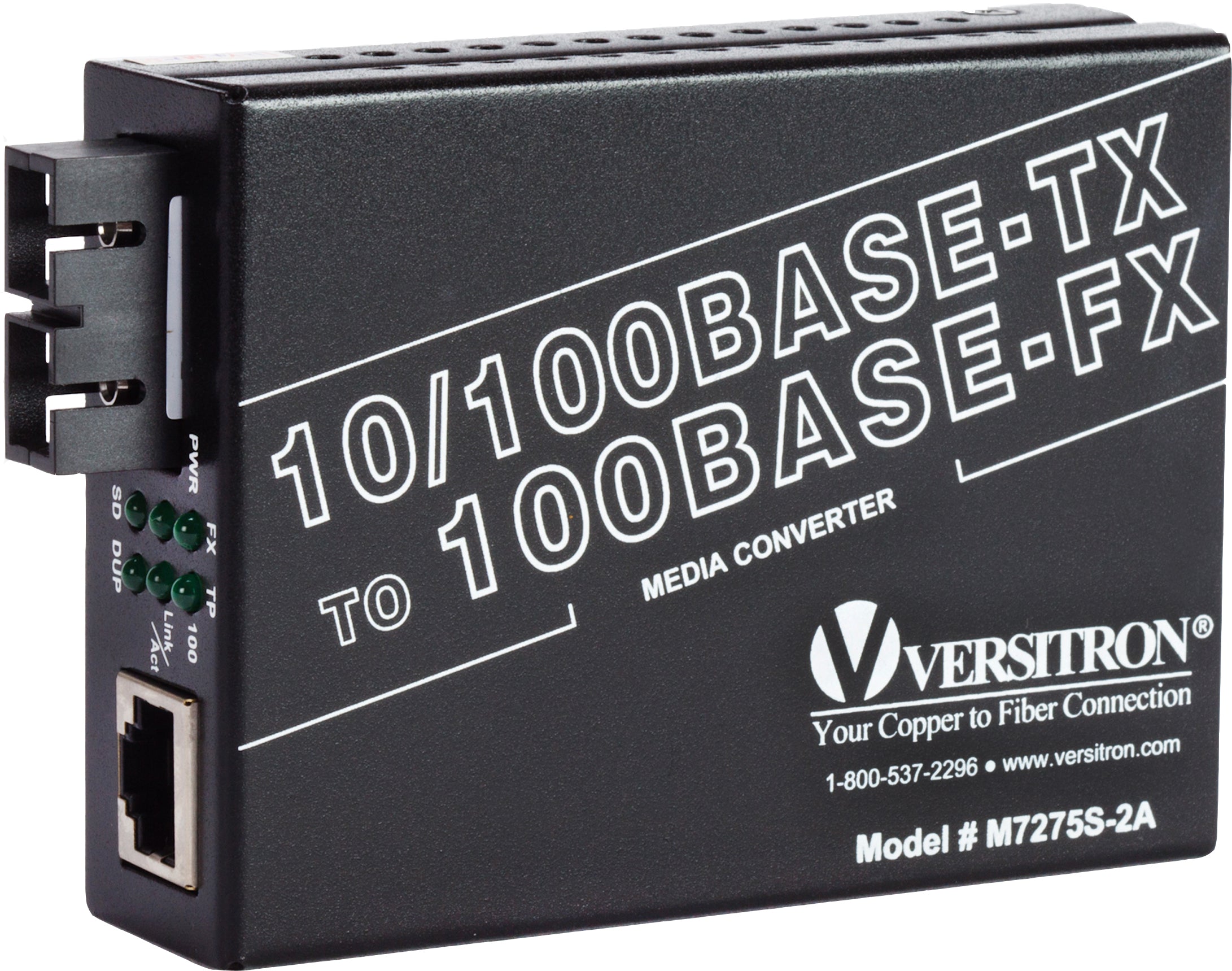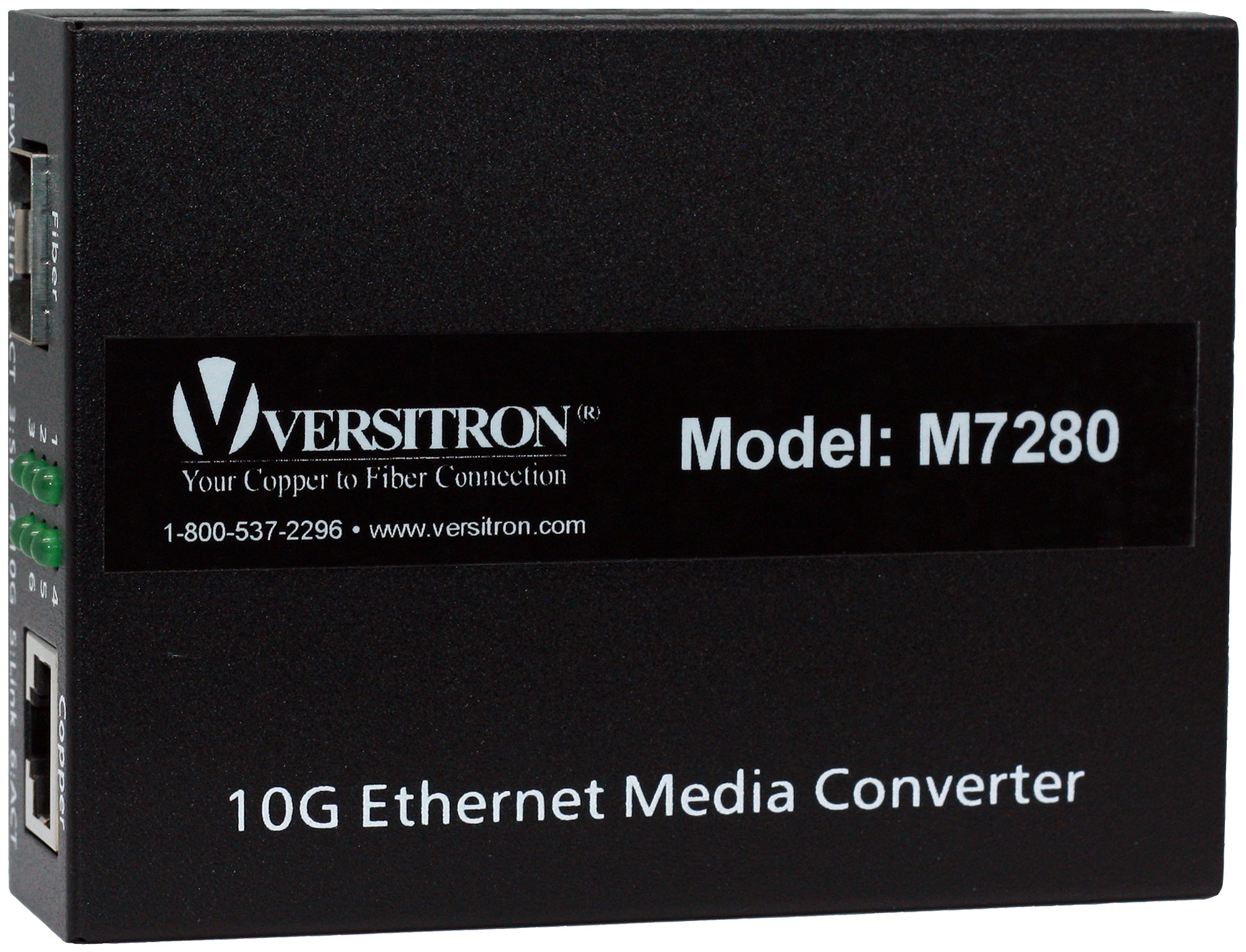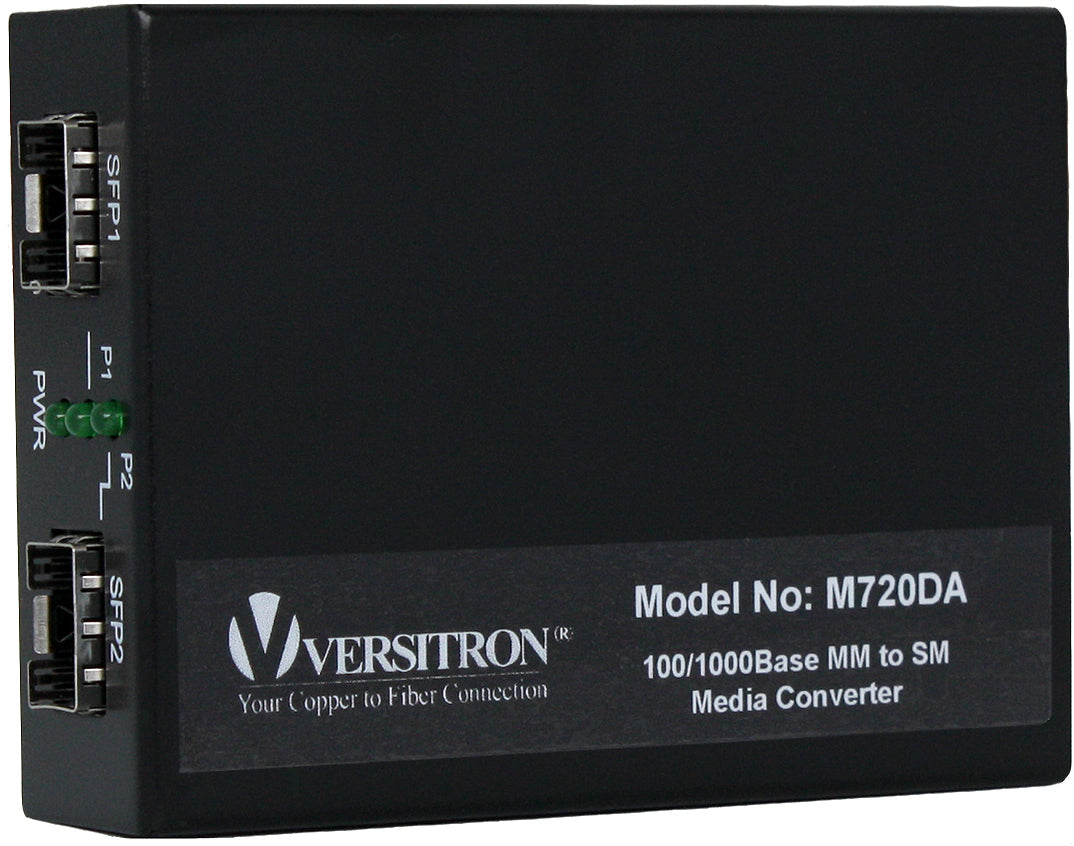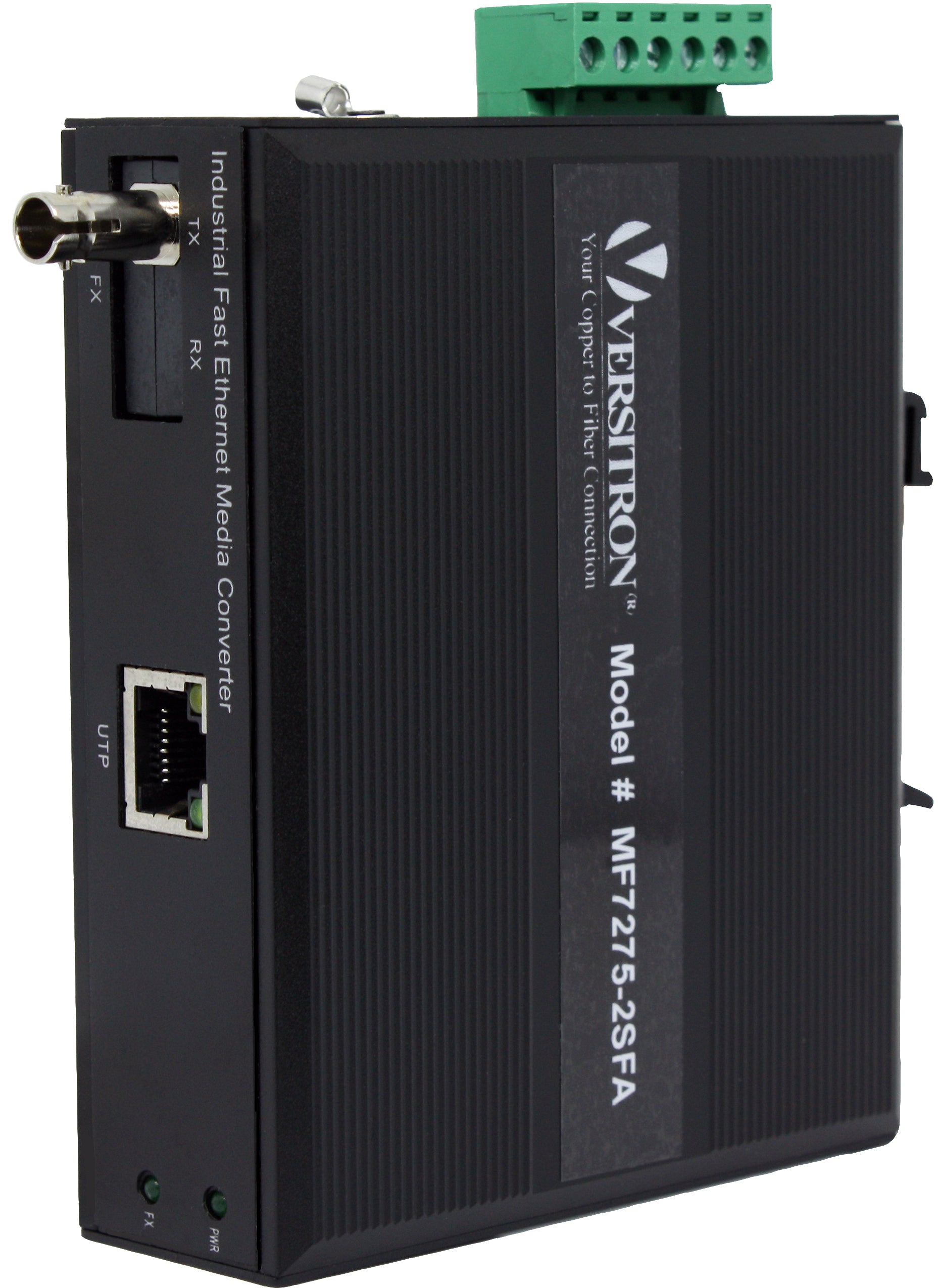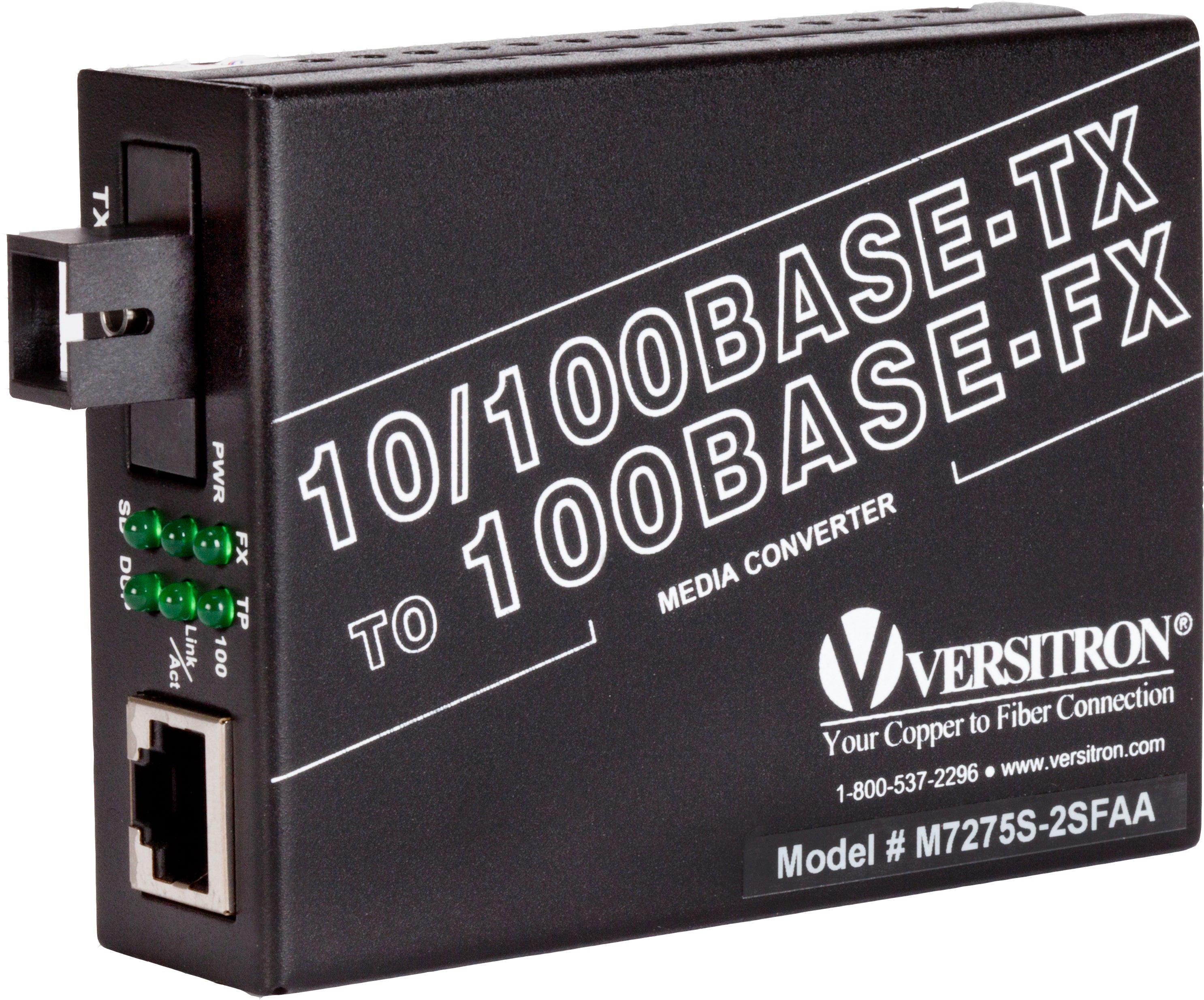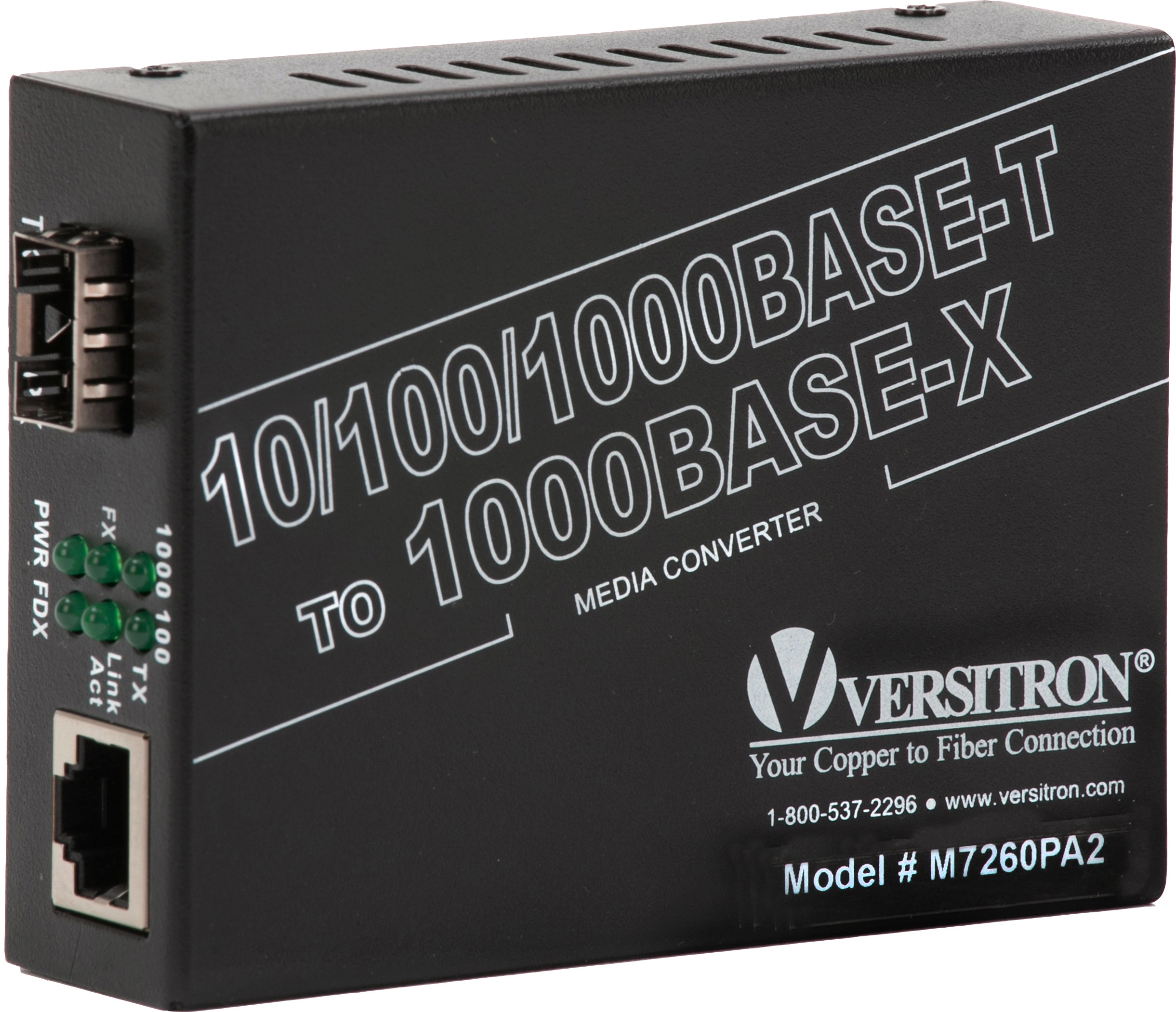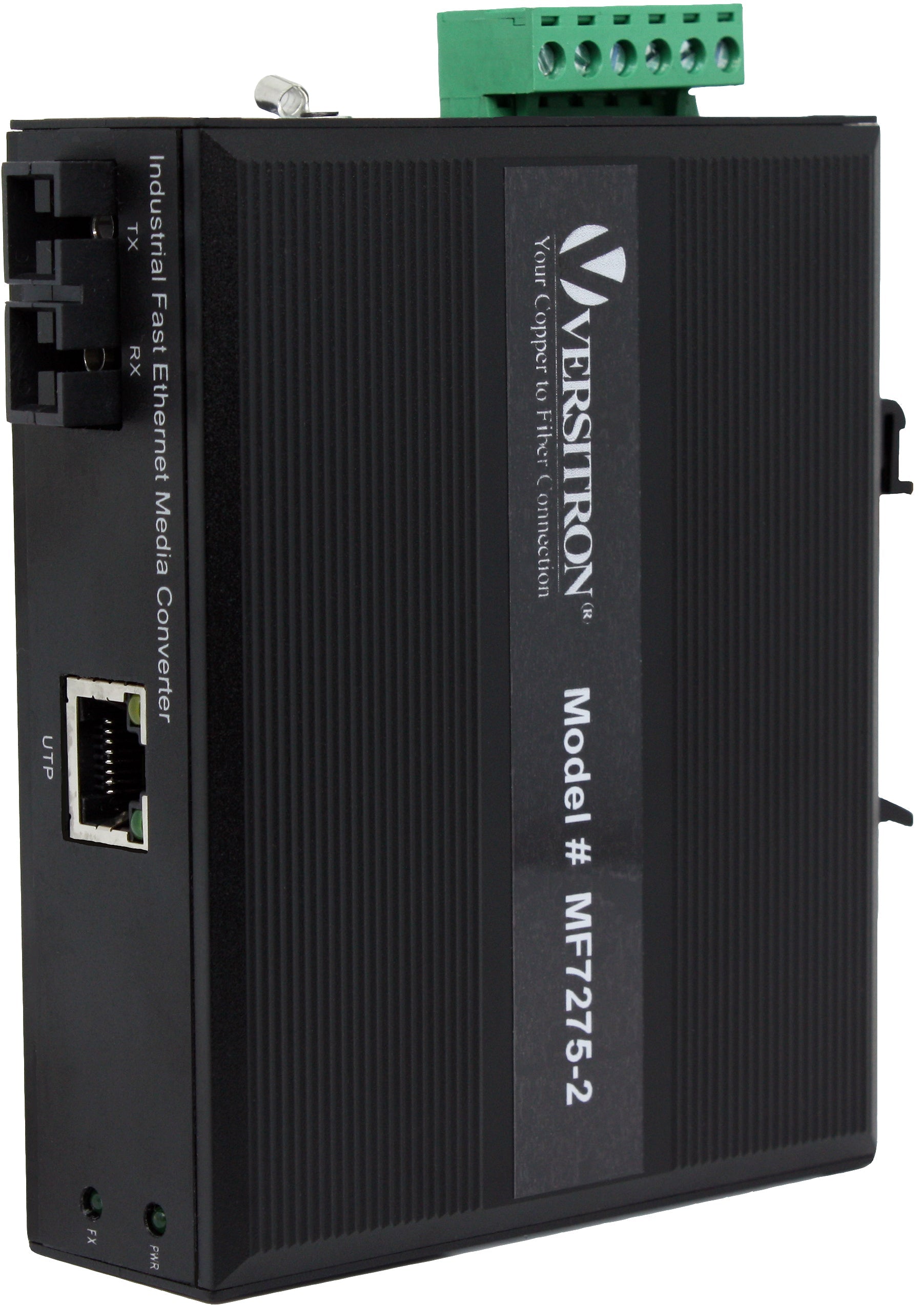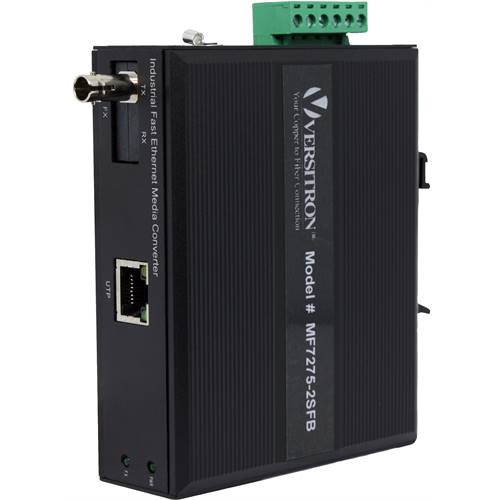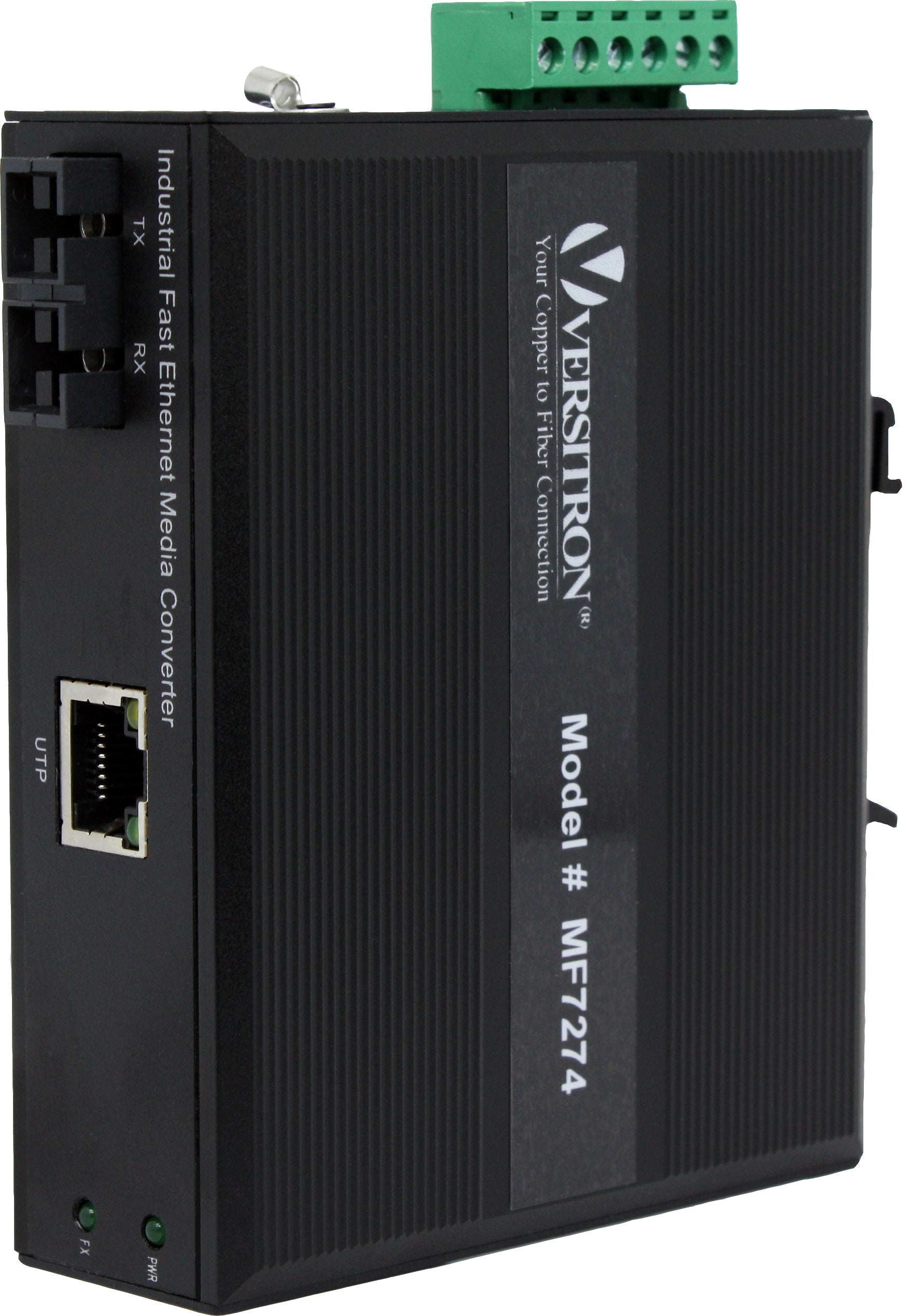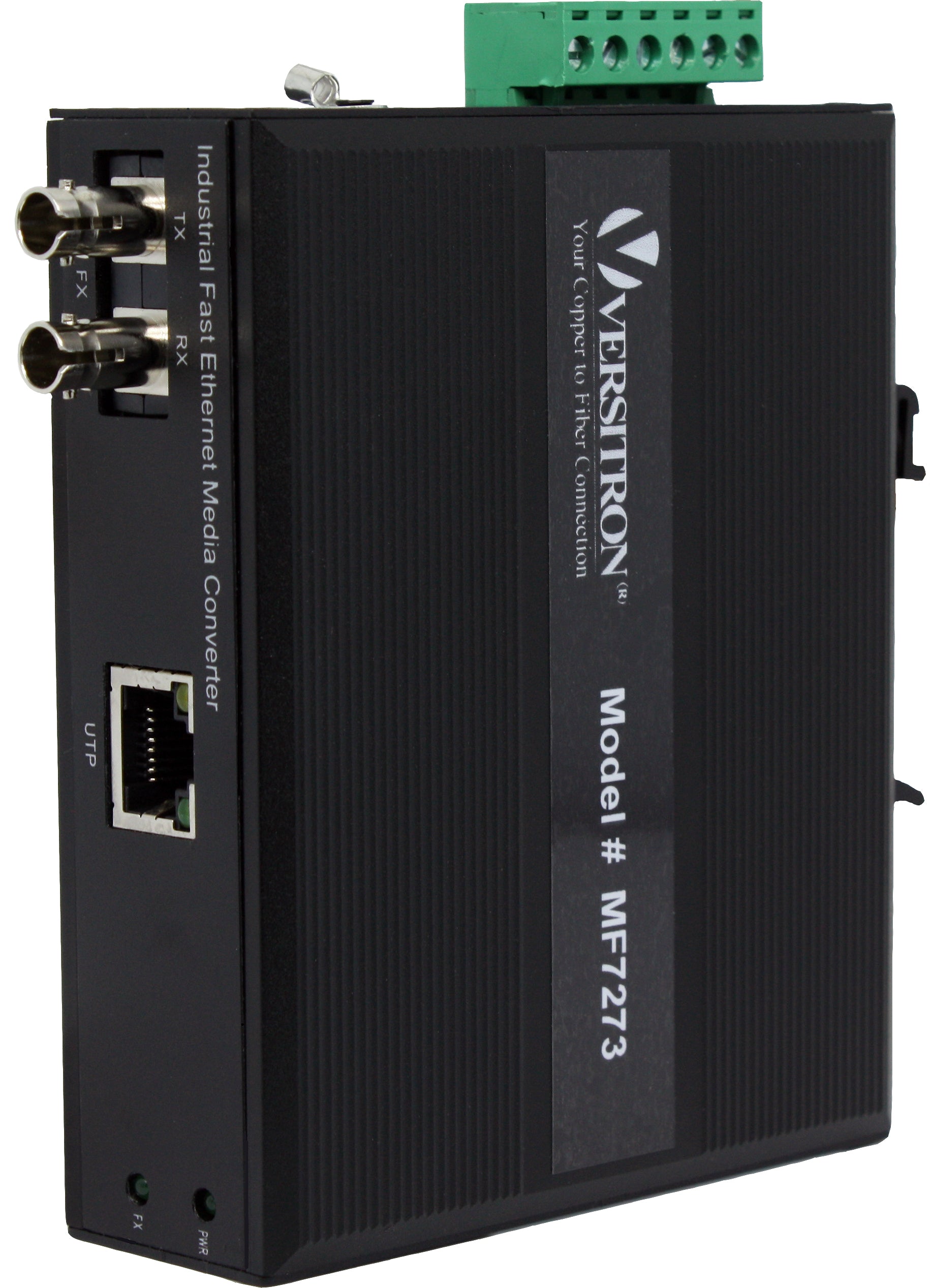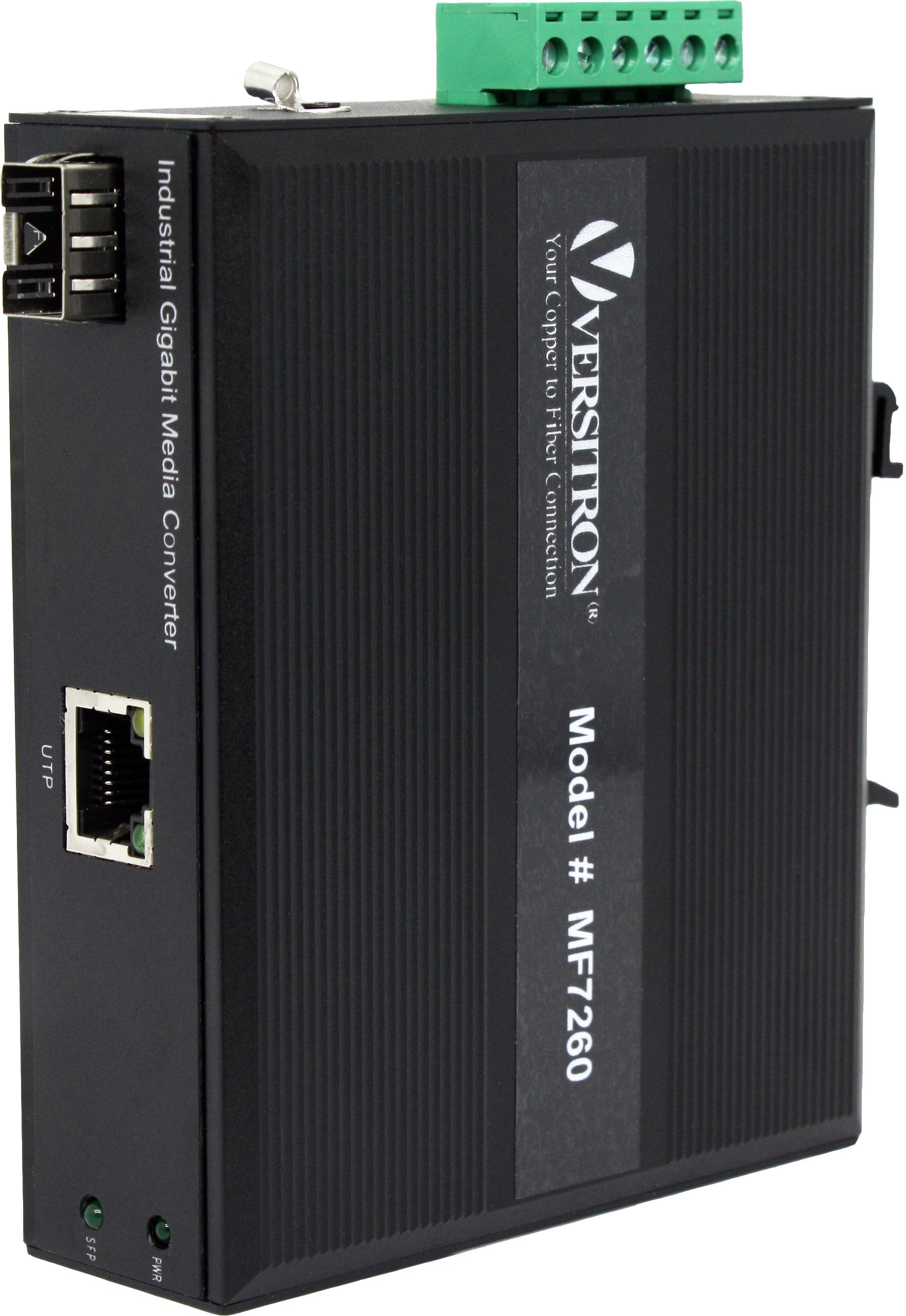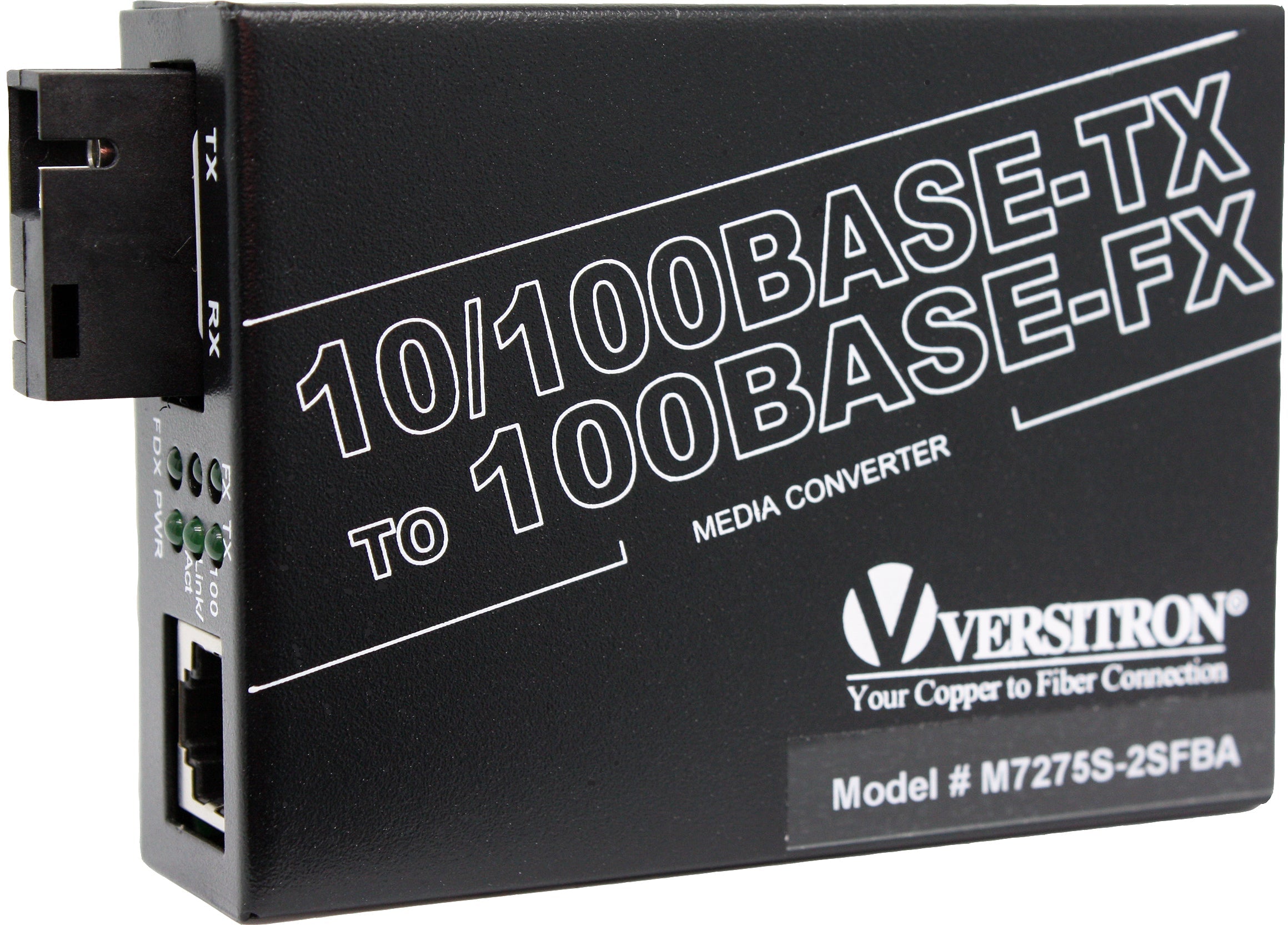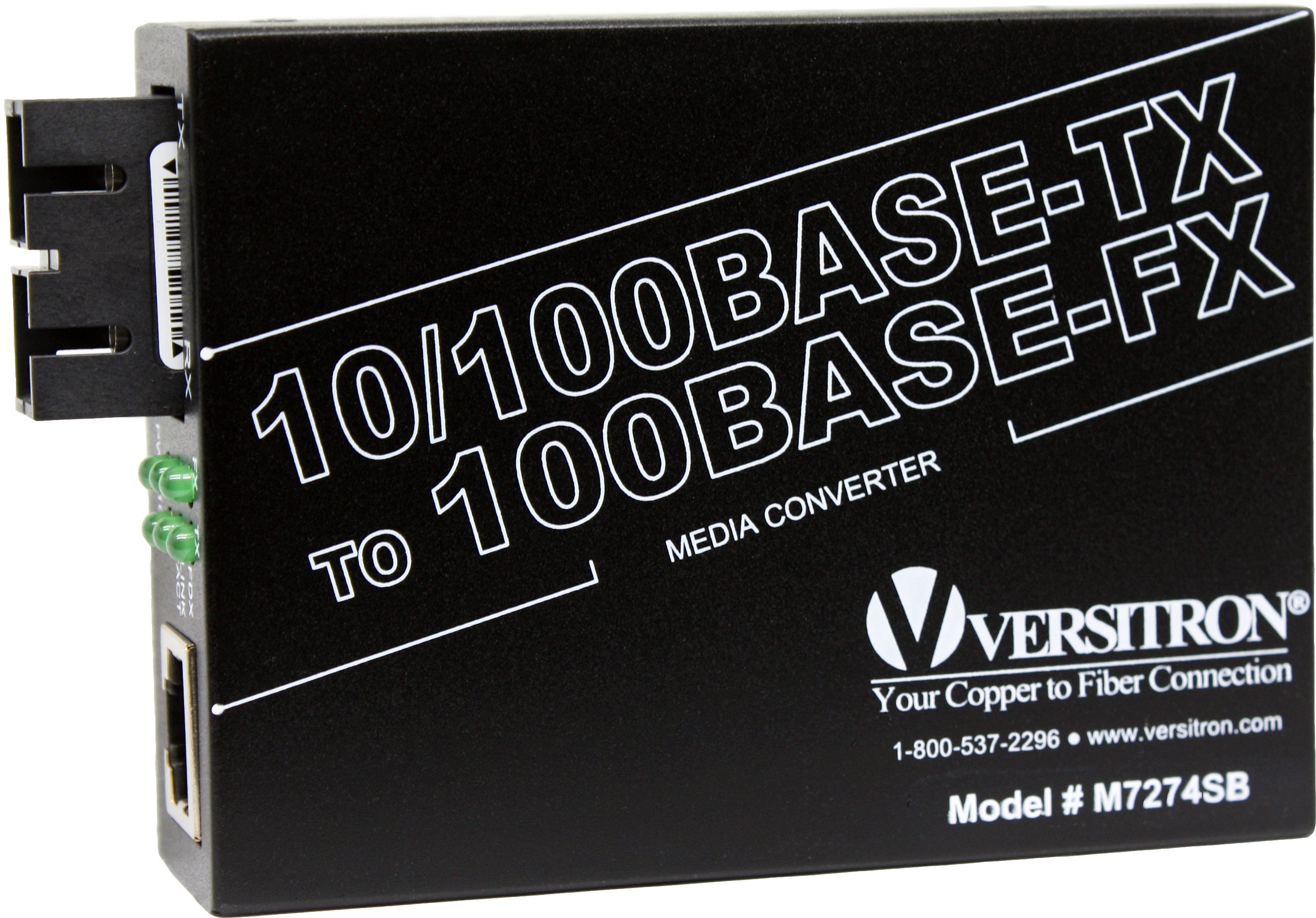A fiber optic modem (FOM) acts as a connecting interface between an electronic device and an internet network. These modems are different than regular DSL modems because the signal transmission is not via copper cables. It uses a fiber optic cable network to transmit signals. It transforms electronic communication signals via a fiber-optic network. Fiber optic modems (FOM) are nowadays being used in several applications such as data communication network systems, inter-network communication systems, etc. Since these fiber optic modems are gaining popularity, it is important to have information about before using it blindly. This post gives you insights about these fiber optic modems and their working.

How does Fiber Optic Modem Work?
The working of a fiber optic modem is quite simple. The following pointers will help you understand it better.
- The internet signal transmitted via fiber optic cables to the fiber optic modems.
- The modem transforms the internet signals into electronic data.
- This transmission is a full-duplex transmission. That means the data can be transmitted from the internet source to the electronic device and vice versa.
What are the Working Principle of Fiber Optic Modems?
The working principle of fiber optic modems revolves around the transmission of data using light signals through fiber optic cables. This working principle forms the foundation of fiber optic communication systems and enables the seamless transfer of data in various applications, from telecommunications networks to data centers and beyond. Here's an explanation of the working principle:
- Data Transmission: The fiber optic modem receives electrical signals from the connected network device, such as a computer or router. These electrical signals represent the digital data that needs to be transmitted.
- Signal Conversion: The modem converts the electrical signals into optical signals using a transmitter. The transmitter contains a light source, usually a laser or LED, which emits light pulses. The intensity or absence of these light pulses represents the binary data (0s and 1s) being transmitted.
- Modulation: The optical signals are then modulated using different techniques, such as amplitude modulation or frequency modulation. Modulation allows the optical signal to carry more data and enhances its ability to withstand long-distance transmission.
- Fiber Optic Cable Transmission: The modulated optical signals are sent through the fiber optic cable, which is made of a core and a cladding layer. The core is a thin strand of glass or plastic that carries the light signals, while the cladding layer provides a protective covering.
- Signal Reception: At the receiving end, another fiber optic modem or device receives the modulated optical signals. The receiver in the modem converts the optical signals back into electrical signals.
- Signal Processing: The electrical signals are then processed and decoded by the modem to retrieve the original digital data. The modem prepares the data for further transmission to the connected network device.
- Data Communication: The retrieved data is sent to the connected network device, such as a computer or router, for processing or onward transmission. This enables communication and data exchange within the network infrastructure.
What are the Types of Fiber Optic Modems (FOM)?
There are different categories of fiber optic modems according to the data transmission protocol followed by the modem. Let us discuss the types of FOM in brief.
- E1 FOM: The E1 FOMs are the modems that act according to E1 data transmission standards. These modems can be used for single or multiple fiber optics data transmission channels. These modems are suitable for multichannel, simultaneous, time-division multiplexing. The most appreciated use of E1 FOMs is international telecommunication. It can be used for LAN, WAN, MUX, and router-based networks.
- V35 FOM: V35 FOM is utilized for single or multimode transformation and transmission of electrical-optical-electrical signals. This V35 modem acts as electrical to optical data converter and vice versa at the end of the fiber optic cable. The transmission range of these modems is up to 100km.
- RS FOM: RS stands for recommended standards. The modems that act under recommended standards are called RS modems. These RS standards are established by The Electronics Industry Association. The different RS FOMs available in the market are as follows.
- RS232: RS232 modem is the most basic fiber optics modem. It is a single-mode modem, therefore only one receiver and one transmitter can be connected. It offers 20K bits per second data transmission rate.
- RS422: RS422 FOMs are designed for faster data transmission rates and longer transmission distance. They can transmit up to 20km at 10MBPS transmission rate.
- RS485: RS485 FOM is designed for multimode data transmission. For multichannel fiber optic transmission, these RS485 fiber optic modems are used. It supports over 32 channel simultaneous transmission.
What are the Features of Fiber Optic Compatible Modems?
That Make Them Popular FOMs are gaining popularity over DSL modems and cable transmission due to their beneficial features. The fiber optic modems offer the following benefits.
- This type of modem is immune to electromagnetic interference.
- This system is immune to data loss; therefore, the user gets uninterrupted data transmission.
- These modems are absolutely compatible with the single or multi-portal transmission.
- Due to uninterrupted data transmission, these modems can be used for long-distance telephone communication. As these modems can resist electromagnetic interference, thus, the audio signal transmission is clear.
- Having Fiber optic as transmission media, the speed of transmission is higher than the general cabled network. Also, in comparison to a wireless network, the function of these fiber optics modems is not affected by harsh weather fluctuations.
- They are microprocessor based and using ANSI certified ones is highly recommended.
- These modems have a user friendly GUI and multiple features such as fiber path protection, menu-based interface and control, end-to-end monitoring controls which allow handshaking of devices, and smart manager.
- They can be used as a standalone device or mounted on a rack in an integrated network.
- They have self-troubleshooting features such as remote loopback as well as local capabilities.
- You can use NDT or non-intrusive testing techniques such as BERT to check the communication link of these modems. This prevents closure of systems when testing.
- They support various encryption product lines.
- They can pass bipolar violations, and offer full modem redundancy.
- They help reduce latency of the legacy networks and offer a huge bandwidth even for VoIP calling, video conferencing, archiving of bulky files, and so on.
- Overall, fiber optics along with these modems and other network devices offer your business network enough scalability, thus leaving room for future expansions, configuration changes, and application flexibility.
Installation and Maintenance of Fiber Optic Modems
Installing and maintaining fiber optic modems require careful handling and adherence to best practices to ensure optimal performance and reliability. Here are some key considerations for the installation and maintenance of fiber optic modems:
Installation:
- Select the Appropriate Location: Choose a secure and well-ventilated area away from excessive heat, moisture, and electromagnetic interference.
- Handle with Care: Fiber optic modems are delicate devices, so handle them carefully to avoid damaging the connectors or internal components.
- Connect Fiber Optic Cables: Use clean and properly prepared fiber optic cables with compatible connectors. Ensure that the cables are securely connected to the modem's input and output ports.
- Power Connection: Provide the necessary power supply to the modem according to the manufacturer's specifications. Follow safety guidelines and use proper grounding techniques.
- Test the installation: Perform thorough testing and verification of the modem's functionality to ensure proper installation and connectivity.
Maintenance:
- Regular Inspections: Conduct periodic visual inspections of the fiber optic modems to check for any physical damage, loose connections, or signs of wear.
- Cleaning Fiber Optic Connectors: Use specialized cleaning tools and lint-free wipes to clean the fiber optic connectors. Dust, dirt, or contaminants on the connectors can degrade signal quality and impact performance.
- Firmware Updates: Stay updated with the manufacturer's firmware updates for the modem. Install any necessary updates to enhance performance, security, and compatibility.
- Performance Monitoring: Implement network monitoring tools to monitor the performance of the fiber optic modems. This allows for proactive identification of any issues or abnormalities.
- Troubleshooting: In the event of connectivity or performance issues, follow troubleshooting procedures provided by the manufacturer or seek assistance from trained professionals.
- Documentation: Maintain accurate records of the installation details, maintenance activities, and any changes made to the fiber optic modems. This documentation aids in future troubleshooting and system management.
Which are the Advanced Applications of Fiber Optic Modems?
Fiber optic modems (FOM) are nowadays being used in several applications such as data communication network systems, inter-network communication systems, and so on. They can be used to expand networks across cities and states, and help you extend the distance by around 100km, without compromising on speed and signal strength. This is why they are useful in networks of mission critical applications such as defense and government. Here are some advanced applications of fiber optic modems:
- Smart homes
- IoT
- Augmented and virtual reality
- Cryptography
- High speed device linking and syncing
- Microwave extension linking
- Satellite downlinks
- System integration of public and private networks
If you are a business owner looking to expand your network, opting for a blended network may be beneficial as it allows you to retain the legacy network and connect it with fiber optics. This increases the speed, signal strength, and transmission distance, and is relatively affordable. However, in order to avail of the benefits from fiber optic modems, you must buy it from a trusted supplier. VERSITRON is one of the leading manufacturers of fiber optic network devices such as fiber optic modems, network switches, ethernet media converters, and installation kits in the US.
Serial Data to Fiber Converter
Model Options:|
Model
|
Function |
Data Rate |
Connector |
Fiber Cable |
Wavelength |
Max Distance |
RFQ |
|
M82xxD |
RS-232 Fiber Optic Modem |
Up to 128 Kbps |
LC |
MM |
1310nm |
2-20km |
|
|
M62xxD |
RS-530 Fiber Optic Modem |
Up to 128 Kbps |
LC |
SM |
1310nm |
2-20km |
FAQs
No, a fiber modem and a router are two separate devices with distinct functions. A fiber modem converts optical signals from a fiber optic network into electrical signals, while a router directs network traffic between devices and networks. While they can be used together in a network setup, they serve different purposes in facilitating data transmission and connectivity.
No, not all modems are compatible with fiber optic technology. Fiber optic networks require specific modems designed to receive and transmit optical signals. These modems, known as fiber optic modems or optical network terminals (ONTs), are specifically designed to work with fiber optic cables and convert optical signals into electrical signals that network devices can understand.
Fiber optic cables are supported by specific modems called fiber optic modems or optical network terminals (ONTs). These modems are designed to receive and transmit optical signals over fiber optic infrastructure, converting them into electrical signals that can be used by network devices.




